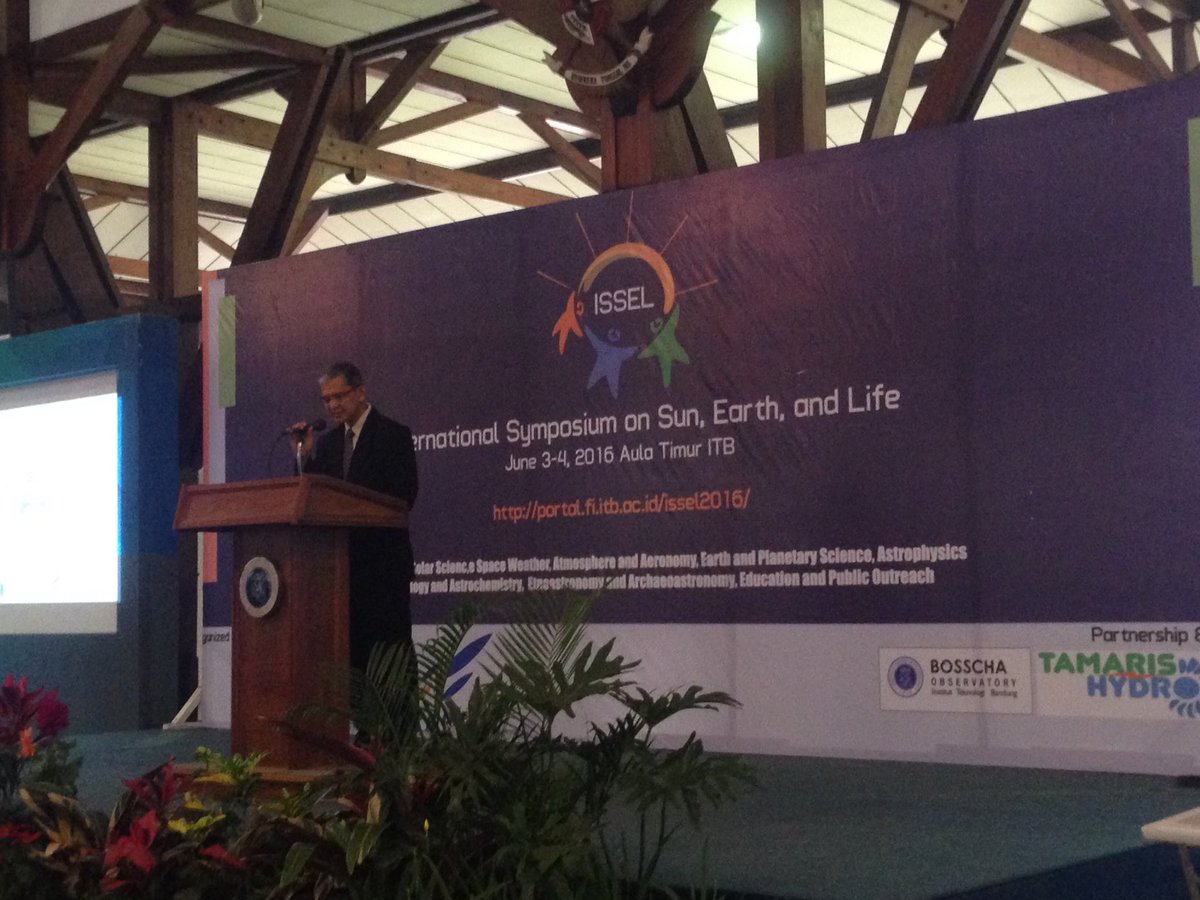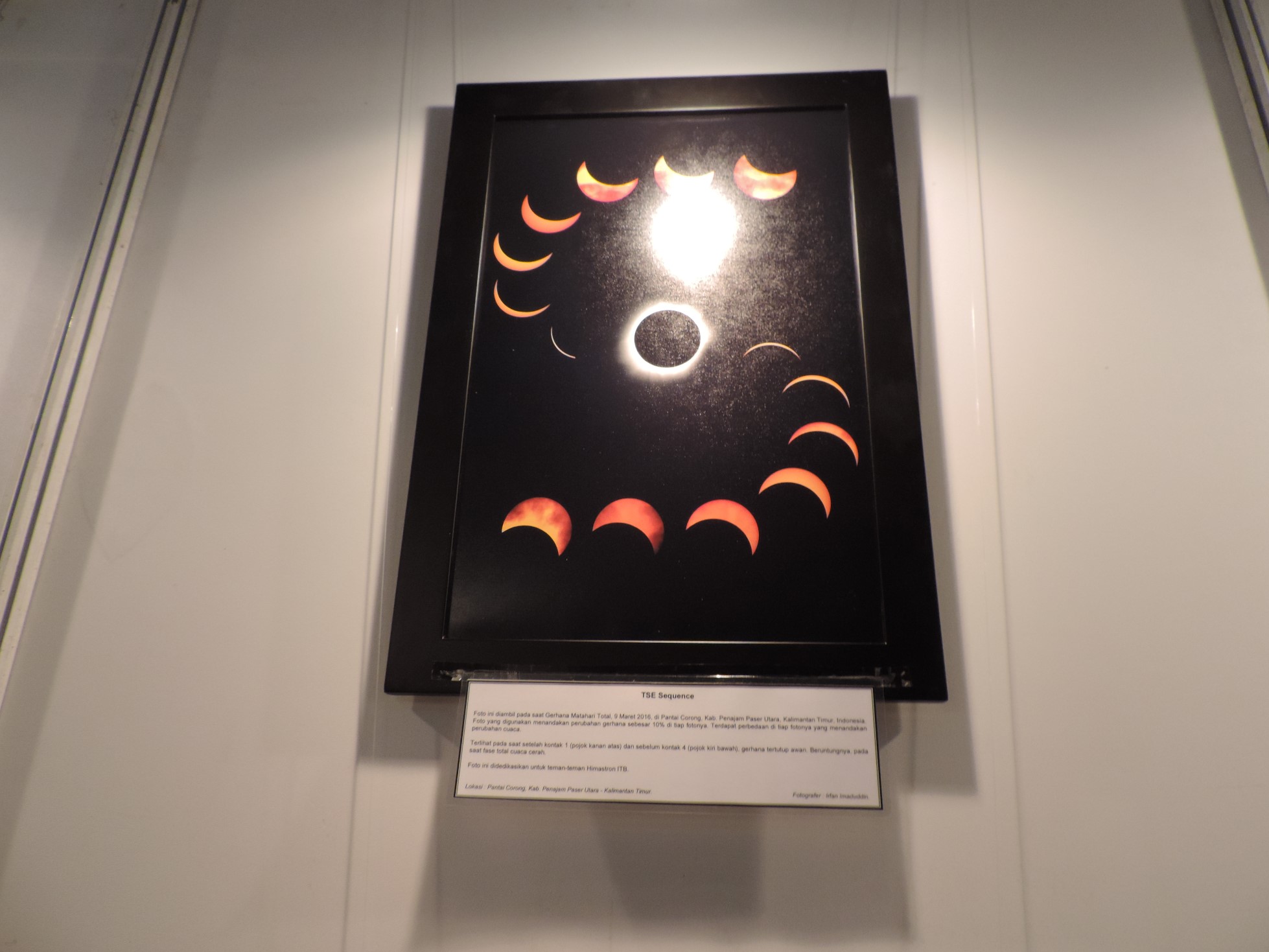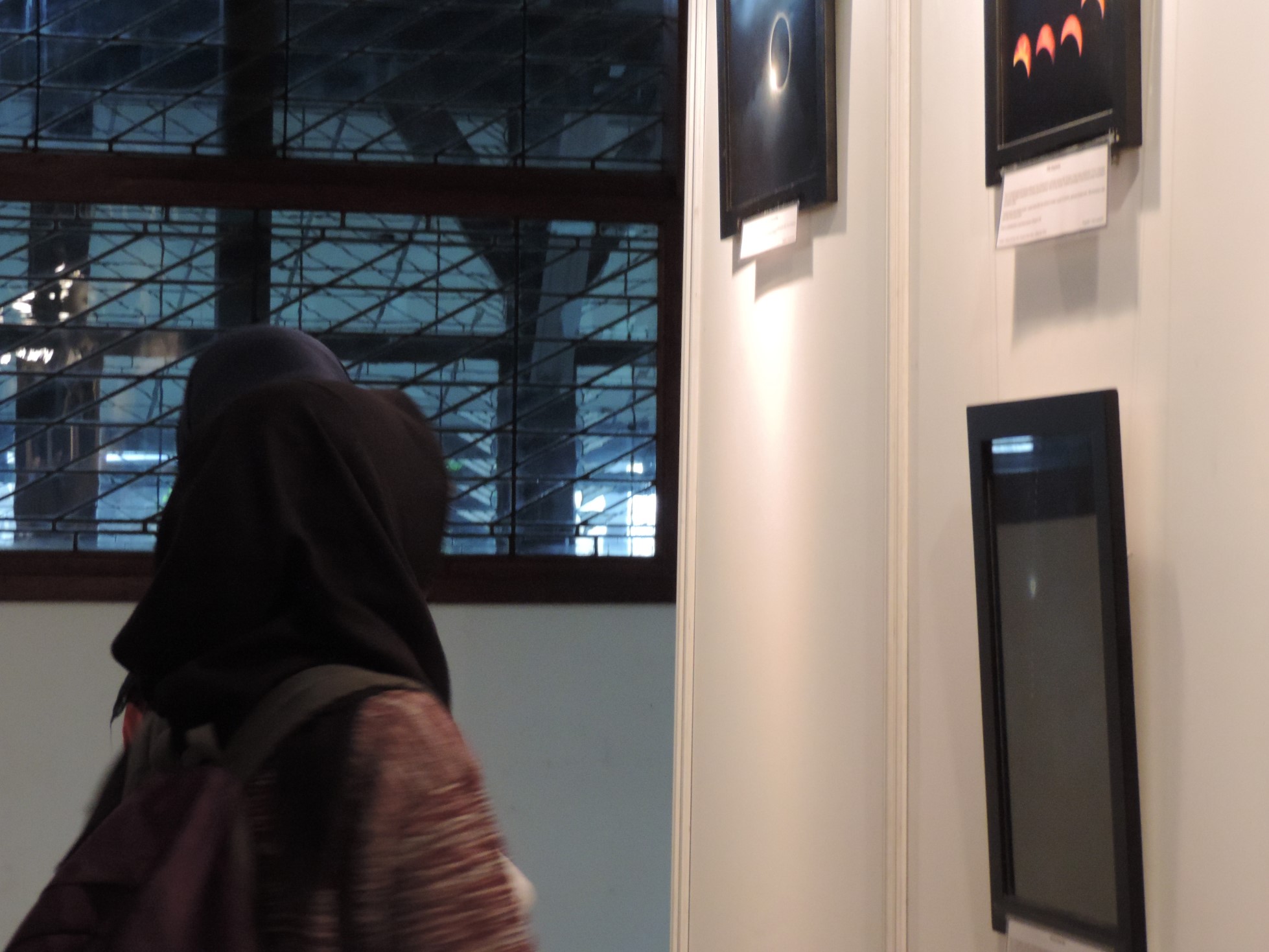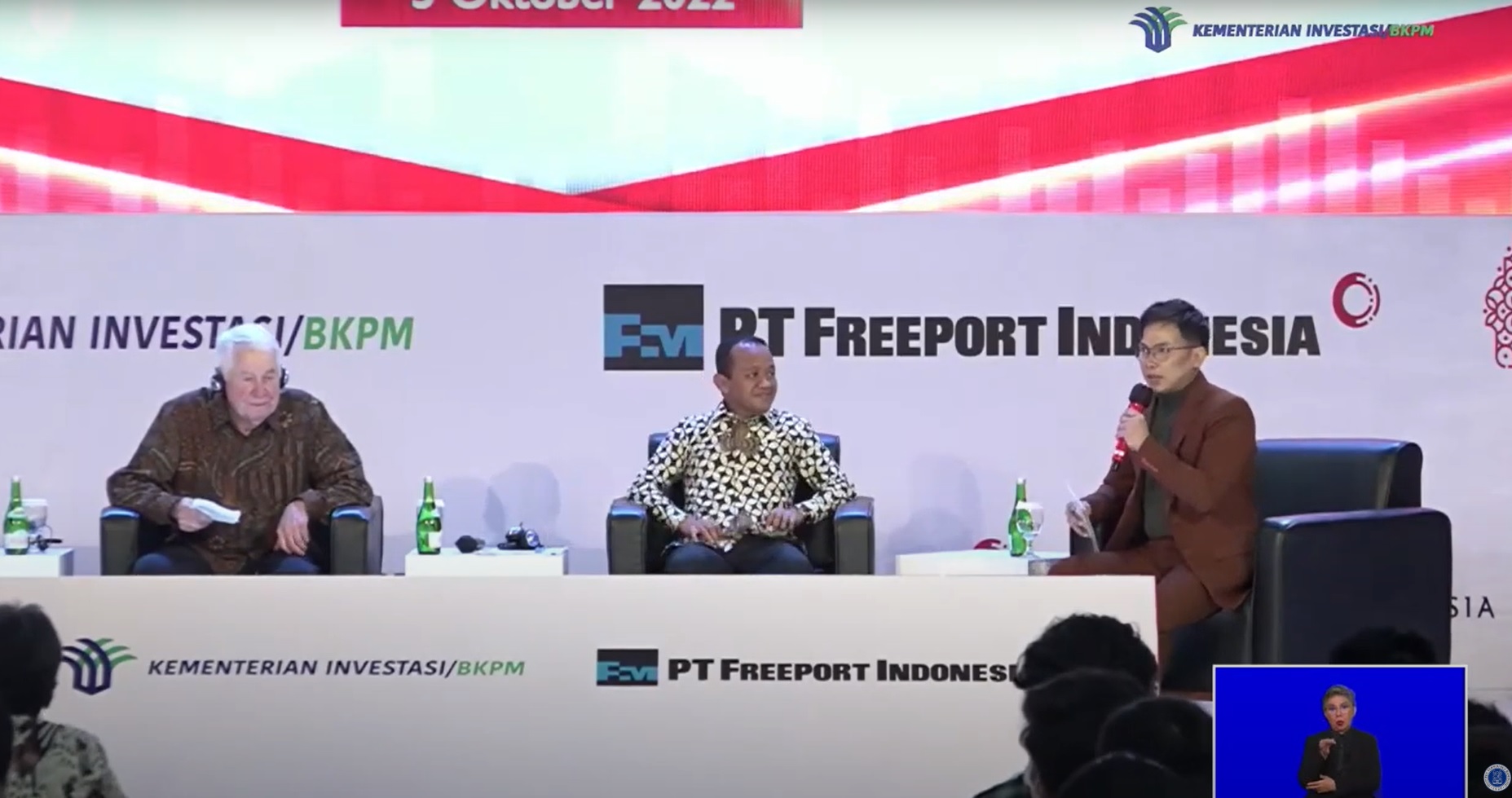ISSEL 2016 Presents Scientific Discoveries of Total Solar Eclipse 2016
By Cintya Nursyifa
Editor Cintya Nursyifa

 BANDUNG, itb.ac.id - Total Solar Eclipse (GMT) 2016 on Wednesday (09/03/16) is not a secret either for the Indonesia society or as well as internationally. A number of scientists and activists of celestial photography (astrophotography) make use of this special moment to produce works that are special anyway. To that end, the Faculty of Mathematics and Natural Sciences (FMIPA) ITB cooperates with the Academy of Sciences Indonesia (AIPI) and National of Aviation and Space Institute (LAPAN) hosted the International Symposium on Sun, Earth, and Life (ISSEL). A series of events being held on Friday-Saturday (03-04/06/16) this takes place in Aula Timur ITB and Bosscha. On that occasion, scientists from various disciplines around the world presents the results of his research related GMT 2016.
BANDUNG, itb.ac.id - Total Solar Eclipse (GMT) 2016 on Wednesday (09/03/16) is not a secret either for the Indonesia society or as well as internationally. A number of scientists and activists of celestial photography (astrophotography) make use of this special moment to produce works that are special anyway. To that end, the Faculty of Mathematics and Natural Sciences (FMIPA) ITB cooperates with the Academy of Sciences Indonesia (AIPI) and National of Aviation and Space Institute (LAPAN) hosted the International Symposium on Sun, Earth, and Life (ISSEL). A series of events being held on Friday-Saturday (03-04/06/16) this takes place in Aula Timur ITB and Bosscha. On that occasion, scientists from various disciplines around the world presents the results of his research related GMT 2016.O ne Phenomenon, A Wide Range Of Disciplines
ne Phenomenon, A Wide Range Of Disciplines
The results of multidisciplinary research about the Solar Eclipse and its impact for life discussed in the special session on the first day. In addition, on Friday also contained exposure of research results in the field of space weather, atmospheric science, astrophysics, astrobiology, astrochemistry, exoplanets, as well as extraterrestrial life. Keynote speaker in the first day of the symposium were Prof. Bambang Hidayat (Professor Emeritus of Astronomy, ITB), Prof. J. M. Pasachoff (Williams College, Massachusetts), and Prof. Nat Gopalswamy (NASA Goddard Space Flight Center).
On the second day, Prof. J. N. Goswami of the Physical Research Laboratory (India) carries the results of his research about the content of water on the moon. This fact is increasingly convinced that Earth's satellite is inhabited by humans in the future. In the next session on the second day, Thomas Djamaluddin from LAPAN presented the progress of the embodiment of National Observatories Timau reality. This observatory is the first National Observatory in the history of Indonesia. This facility will be built in the next three years (2017-2019) with functions to perform astronomical observations at radio and visible wavelengths. To boost tourism in Indonesia astronomy and protect the area around the Observatory from light pollution, diusulkanlah the Observatory area as a Dark Sky Parks nationwide. The last keynote speaker on the second day was Prof. Taufik Hidayat from Astronomy ITB with exposure on the discovery of a chemical complex molecules in Titan, a satellite of Saturn.
Rare anf Unique Astrophography
 In conjunction with the Symposium, the east side of the Aula Timur ITB is used as a GMT and unique astronomical picture gallery. The exhibition, titled "Chasing The Shadows" open to the public. The student, Professor, and the public can visit the photo and posters exhibition displayed in space research. Hafidavi (Faculty of Petroleum and Mining Engineering 2015) who walked along the exhibition hall pleaded interesting for astrophotography photographs on display. " I am curious about the method used to generate the image sequence is unique as it is," He said while glancing to the photo titled "TSE Sequence" that from afar looks like alphabet s. In addition to Hafidavi, the participants of the Symposium also crowded the exhibition of photographs and posters presented by ISSEL 2016.
In conjunction with the Symposium, the east side of the Aula Timur ITB is used as a GMT and unique astronomical picture gallery. The exhibition, titled "Chasing The Shadows" open to the public. The student, Professor, and the public can visit the photo and posters exhibition displayed in space research. Hafidavi (Faculty of Petroleum and Mining Engineering 2015) who walked along the exhibition hall pleaded interesting for astrophotography photographs on display. " I am curious about the method used to generate the image sequence is unique as it is," He said while glancing to the photo titled "TSE Sequence" that from afar looks like alphabet s. In addition to Hafidavi, the participants of the Symposium also crowded the exhibition of photographs and posters presented by ISSEL 2016.
Documentation source: Prof. Hendra Gunawan and personal documentation

.jpg)

.jpg)
.jpg)
.jpg)
.jpg)

